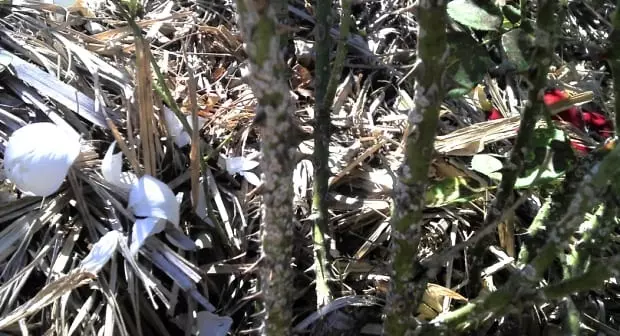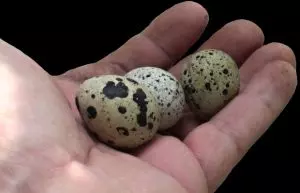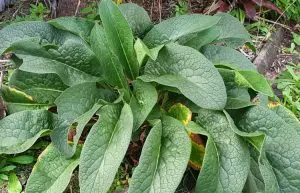Pest Collection – Rose Scale
Common Name: Rose Scale
Scientific Name: Aulacaspis rosae
Order: Hemiptera
Host plant where found: Roses
Host range or situation where pest is usually found: Rose, loganberry, raspberry and blackberry. Also, seen rose scale on mulberries and some stone fruit trees.

Rose Scale covering rose stems (image above)
Damaging stage (s): All stages feed by piercing and sucking the canes only.
Direct feeding damage: Mainly to older canes, this may weaken the canes and they could die. Plant could also be spindly or stunted.
Indirect damage: Unsightly white scale on stems. Economic impact to cut flower industry.
Method of feeding: Piercing and sucking
Life cycle: Gradual metamorphosis. Eggs – several nymphal stages and adult.
Spread: Nymphs crawl from plant to plant, movement of infested plant and cuttings.
Conditions favouring: Indiscriminate use of insecticides may kill natural enemy (like Ladybirds). Will tolerate wide climate conditions.
Distinguishing features for identification: Female scales are white, circular and 2.5mm in diameter. Young males are narrow white and about 1mm long. Adult males are tiny two winged insects. General – Armoured scales are small and look like dust, soft flattened body under a hard scale covering, little or no honeydew.
Control options available for this situation: Prune severely infested stems and burn them. Thorough application of White Oil in winter and again at bud break.
Identification reference (including page no): Plant protection 3, J7; Plant protection 1, 143-144, 146,167,170; What garden pest or disease is that, 198.
The above information was kindly donated by Werner (Horticulturalist)













